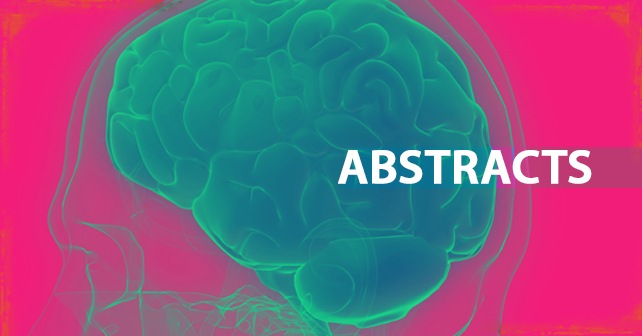Aneurysmal subarachnoid hemorrhage is caused by intracranial aneurysm (IA) rupture and results in high rates of mortality and morbidity. Factors contributing to IA generation, growth and rupture can involve genetics, injury, hemodynamics, environmental factors, and inflammation, in which inflammatory factors are believed to play central roles in the whole natural history.
Roles of inflammation in the natural history of intracranial saccular aneurysms
Jienan Wang 1, Liming Wei 1, Haitao Lu 2, Yueqi Zhu 3Affiliations expand
- PMID: 33799211
- DOI: 10.1016/j.jns.2020.117294
Abstract
Aneurysmal subarachnoid hemorrhage is caused by intracranial aneurysm (IA) rupture and results in high rates of mortality and morbidity. Factors contributing to IA generation, growth and rupture can involve genetics, injury, hemodynamics, environmental factors, and inflammation, in which inflammatory factors are believed to play central roles in the whole natural history. Inflammatory reactions that contribute to IA development may involve synthesis of many functional proteins and expression of genes induced by changes of blood flow, external stimuli such as smoking, internal balance such as hormonal status changes, and blood pressure. Meanwhile, inflammatory reactions itself can evoke inflammatory cytokines release and aggregation such as MMPs, MCP-1, TNF-? and ZO-1, directly or indirectly promoting aneurysm growth and rupture. However, the details of these inflammatory reactions and their action on inflammatory chemokines are still unknown. Moreover, some agents with the function of anti-inflammation, lipid-lowering, antihypertension or inflammatory factor inhibition may have the potential benefit to reduce the risk of aneurysm development or rupture in a group of population despite the underlying mechanism remains unclear. Consequently, we reviewed the potential inflammatory responses and their mechanisms contributing to aneurysm development and rupture and sought intervention targets that may prevent IA rupture or generation.
Keywords: Inflammatory reaction; Intervention; Intracranial aneurysm; Natural history.
Copyright © 2020. Published by Elsevier B.V.
Similar articles
- TNF-alpha-mediated inflammation in cerebral aneurysms: a potential link to growth and rupture.Jayaraman T, Paget A, Shin YS, Li X, Mayer J, Chaudhry H, Niimi Y, Silane M, Berenstein A.Vasc Health Risk Manag. 2008;4(4):805-17. doi: 10.2147/vhrm.s2700.PMID: 19065997 Free PMC article. Review.
- Flow-induced, inflammation-mediated arterial wall remodeling in the formation and progression of intracranial aneurysms.Frösen J, Cebral J, Robertson AM, Aoki T.Neurosurg Focus. 2019 Jul 1;47(1):E21. doi: 10.3171/2019.5.FOCUS19234.PMID: 31261126 Free PMC article. Review.
- Coil embolization for intracranial aneurysms: an evidence-based analysis.Medical Advisory Secretariat.Ont Health Technol Assess Ser. 2006;6(1):1-114. Epub 2006 Jan 1.PMID: 23074479 Free PMC article.
- Genetic basis of intracranial aneurysm formation and rupture: clinical implications in the postgenomic era.Samuel N, Radovanovic I.Neurosurg Focus. 2019 Jul 1;47(1):E10. doi: 10.3171/2019.4.FOCUS19204.PMID: 31261114 Review.
- NF-?B-Mediated Inflammation in the Pathogenesis of Intracranial Aneurysm and Subarachnoid Hemorrhage. Does Autophagy Play a Role?Pawlowska E, Szczepanska J, Wisniewski K, Tokarz P, Jaskólski DJ, Blasiak J.Int J Mol Sci. 2018 Apr 19;19(4):1245. doi: 10.3390/ijms19041245.PMID: 29671828 Free PMC article. Review.

